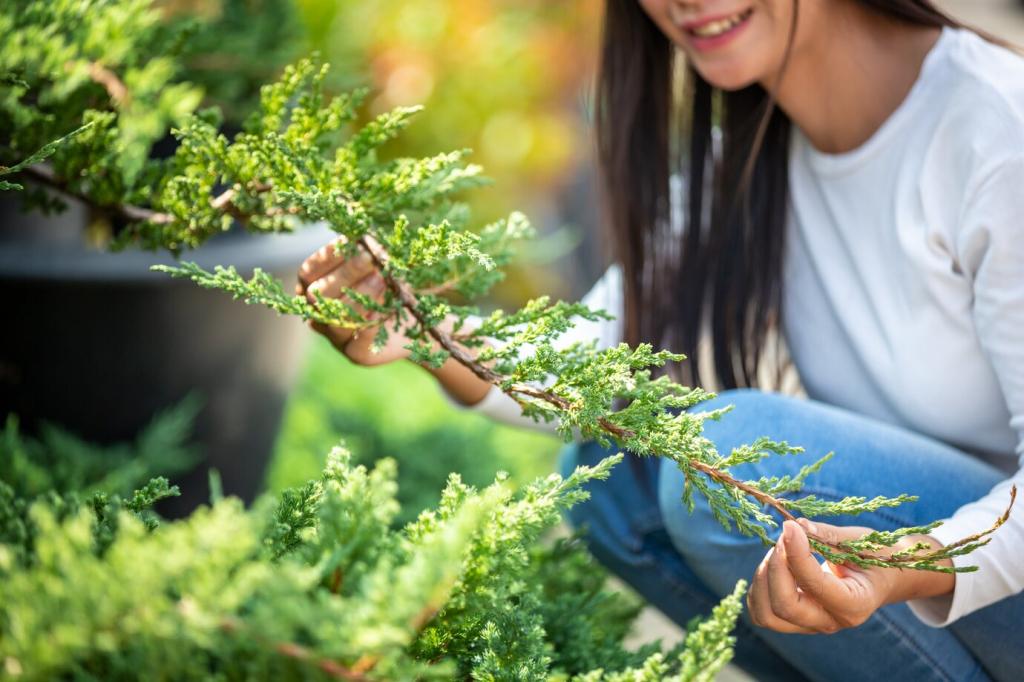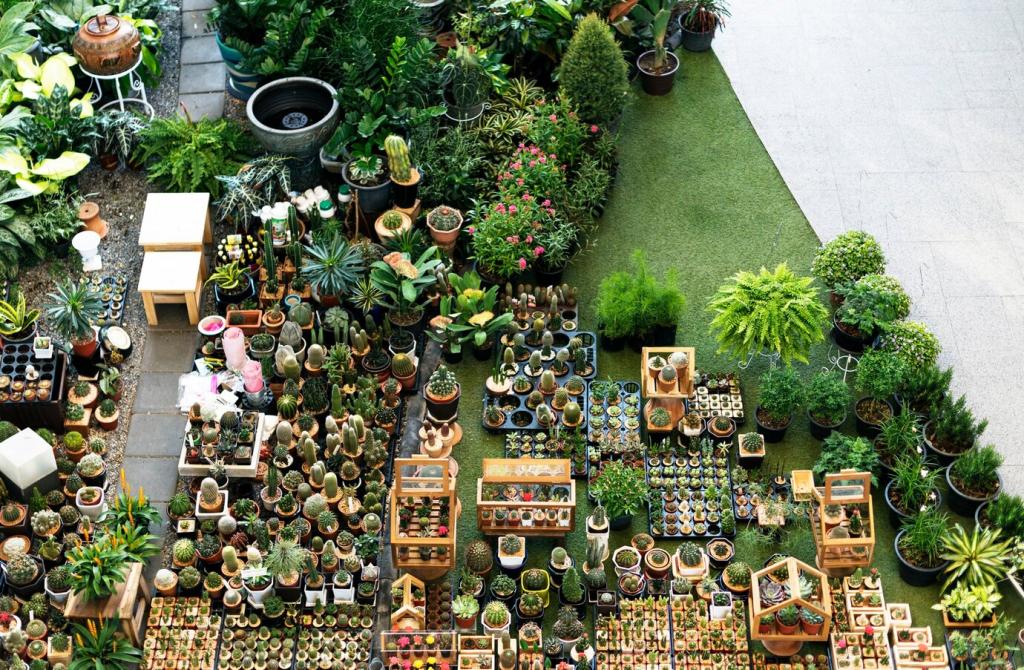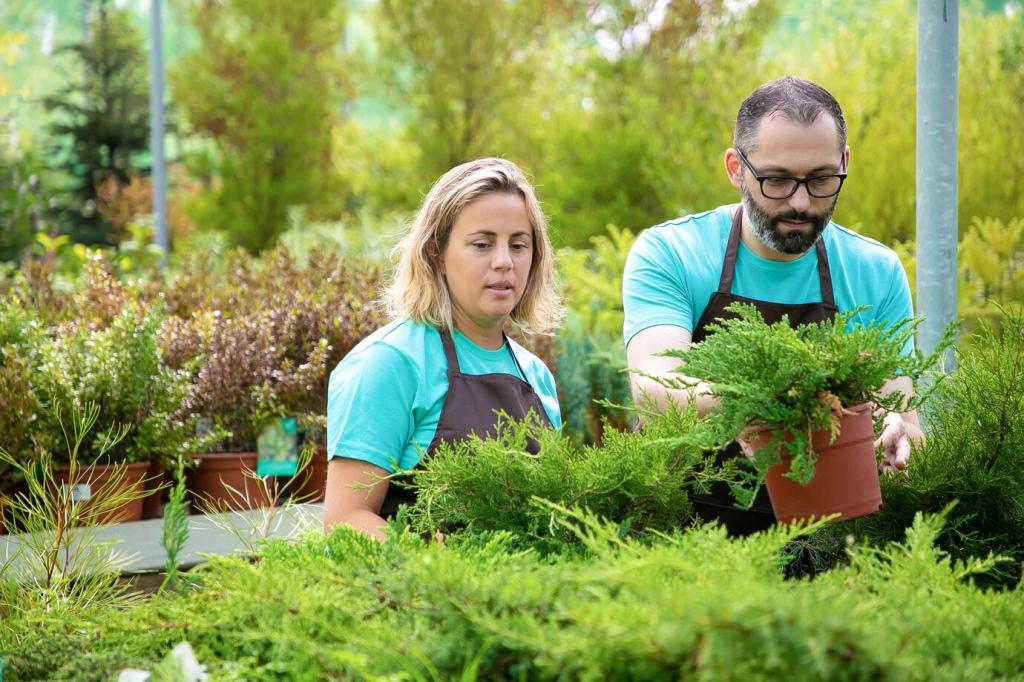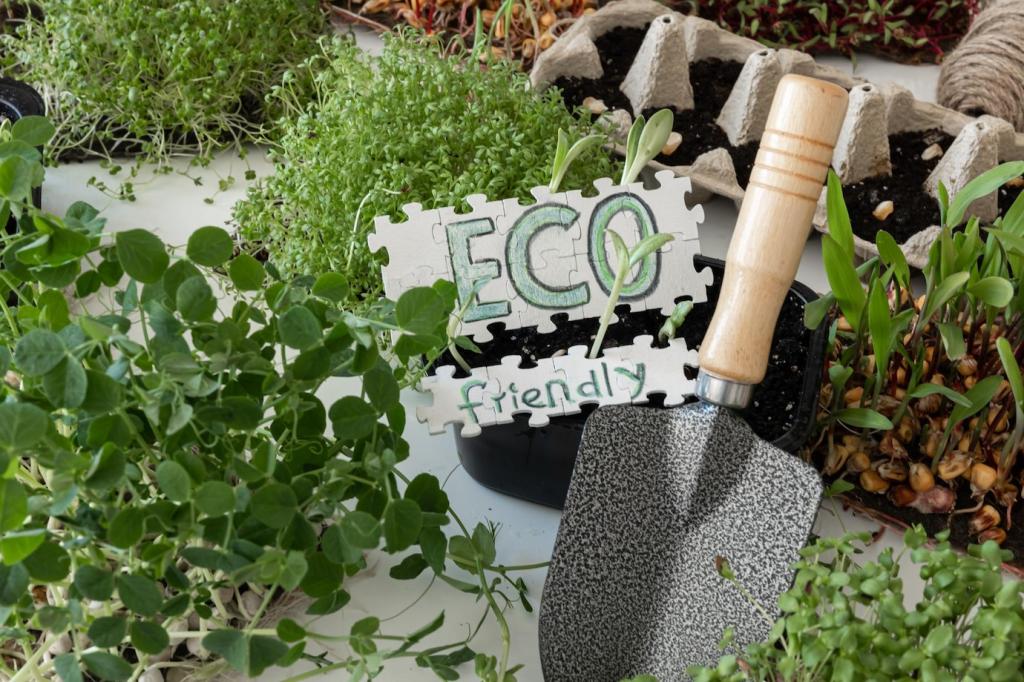The Living Soil: Why Compost Changes Everything
A thriving compost-amended soil teems with bacteria, fungi, and beneficial nematodes that transform organic matter into plant-ready nutrients. Think of them as tireless workers, loosening soil, suppressing disease, and keeping roots supplied with steady, balanced nourishment.
The Living Soil: Why Compost Changes Everything
Compost helps sandy soils hold water longer and loosens heavy clay to allow better drainage. This improved structure creates air pockets around roots, preventing compaction and letting plants breathe. The result is resilient beds that tolerate droughts and downpours gracefully.









